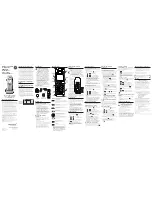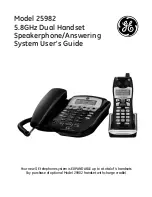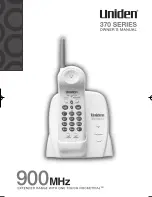
IPECS Release 5
Hardware Description & Installation
Issue 5.0
67
4.5.1.7
LAN Wiring Structures
The LAN wiring architecture used for connecting iPECS Modules to the LAN is dependent upon
several factors including:
•
Shared or iPECS only LAN infrastructure
•
External VoIP calling requirements
•
New or existing voice and/or data installation
•
Remote LAN power or local AC power for iPECS Phones
The “PC” LAN port of equipped LIP Phones can be connected to the user’s desk-top using a
standard LAN cable terminated with RJ-45 LAN jacks. The LAN jack is wired to an Ethernet
switch, which has access to the MFIM, other iPECS Modules and LIP Phones. This connection
can be through a connection to the same switch or by an indirect connection through multiple
switches.
For a new installation or, where LAN power to the LIP Phone is desired, the POE8 can be
employed for the corporate LAN. For existing installations, it may be necessary to replace
existing switches in a shared environment in order to provide remote power to the LIP Phones.
In the shared environment, both data and voice will have access to the WAN, which also permits
external VoIP calling. In the non-shared LAN environments, the system must be connected to
the WAN to support external VoIP connections.
Due to the advantages of the shared environment, support for remote LAN power, and external
VoIP calling, the POE8, which is a standard Ethernet switch, should be employed. The
recommended structure, called here “hierarchal” wiring, employs all “straight” LAN cables (MDI
to MDIX) and is shown in Figure 4.5.1.7-1. Additional POE8 Modules are connected using the
UPLINK port to the switched ports of the primary POE8. A sufficient number of POE8 modules
are connected to provide the total number of ports required. Each Module, LIP Phone, and LIP-
7000 series Console requires a single port and the MFIM will require two (2) ports. Thus, an 8
CO Line, 24 station system would require a total of 28 ports (MFIM = 2 ports, two LGCM4 = 2
ports, and 24 LIP Phones = 24 ports), and would be structured as in the Figure 4.5.1.7-1
















































